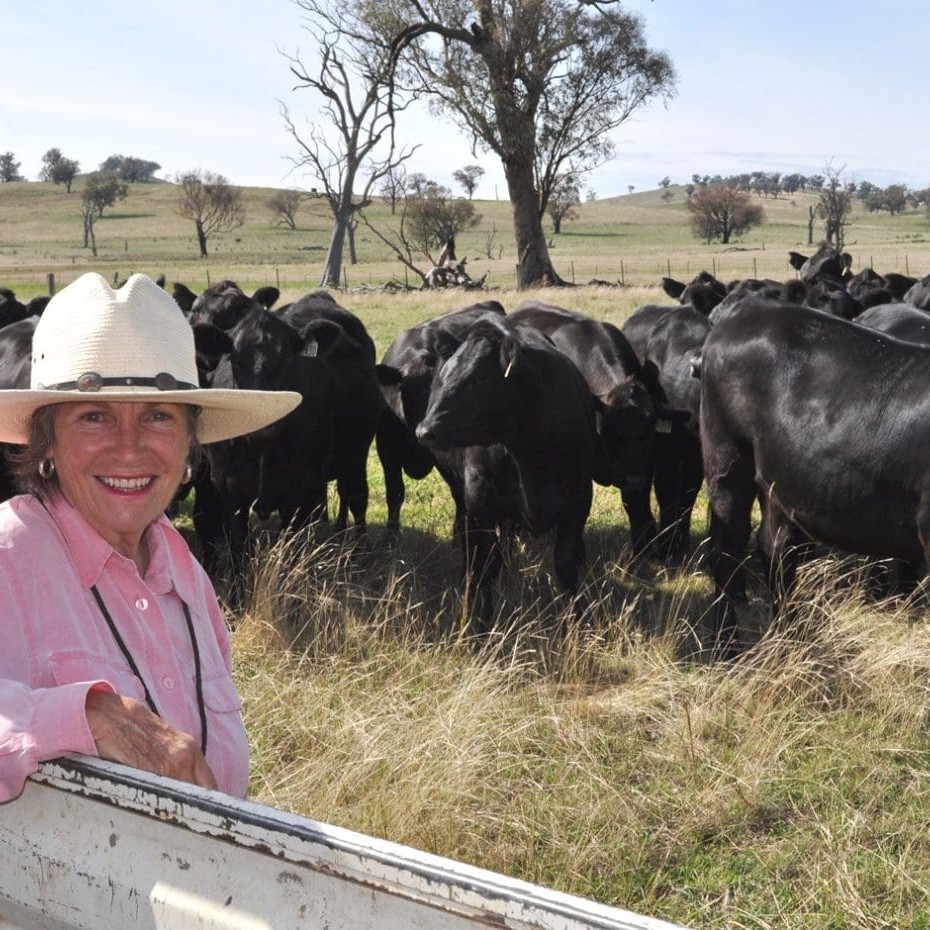 Beef producers considering artificial insemination programs this year are being encouraged to consider implementing new synchronisation protocols, called fixed-time AI (FTAI), which are currently revolutionising the global beef industry.
Beef producers considering artificial insemination programs this year are being encouraged to consider implementing new synchronisation protocols, called fixed-time AI (FTAI), which are currently revolutionising the global beef industry.
The new FTAI protocols involve advanced treatment to stimulate and synchronise ovulation within commercial herds, enabling mass insemination, while eliminating the need for conventional heat detection programs which can be time-consuming and difficult to do well.
NSW livestock reproduction expert David Plant, from Southern Cross Genetics in Cowra, believes FTAI is one of the most effective ways producers can reduce costs, simplify their breeding programs and maximise the genetic advancement of their herd.
“FTAI allows AI to take place at one time, generating considerable savings on labour,” Mr Plant said.
“Heat detection takes a tremendous amount of time and skill, and errors are common. With FTAI, animals are inseminated regardless of whether they show heat or not, which allows producers to avoid heat detection errors, as well as save time and hassle.”
Commercial Angus cattle producer Susie Chisholm from Adelong, NSW has embraced FTAI and says the concept has improved her breeding program, reduced labour costs and eliminated the hassle from AI programs.
“What used to take us several days, now takes a couple hours,” she said. “The animals are handled less frequently, reducing their stress levels, and we have an opportunity to fertilise all cows and heifers early in the breeding season.”
FTAI stimulates ovulation, not the expression of heat. It involves the use of the same hormones cows and heifers normally release during their oestrus cycle.
Many producers may have been used to synchronisation programs utilising CIDR, which has been tried and trusted for a long time in Australian cattle. While the newer FTAI process still involves the insertion of a CIDR, it combines this with a new series of injections.
“These advanced protocols, including CIDR and GnRH, generate reliable ovulation amongst both cows and heifers,” Mr Plant said. “Conception rates from FTAI programs in 2011 have varied from 45– 80pc, with results consistently achieved in the 60-75pc range, especially in cows.”
Given the positive results and time-saving advantages of FTAI, a variety of timed AI programs have been developed for beef cows. Factors such as nutrition, reproductive history, effective AI sires, animal vaccination status for diseases such as pestivirus, available time and labour, and adequate insemination facilities can influence the success of the AI program and help determine which FTAI program is best suited for a particular beef operation.
“FTAI is not a silver bullet to breeding success, however” Mr Plant said.
“While the CIDRs are easy to put in and remove, getting the right result doesn’t come easy. Proper reproductive management, nutrition and heifer development are still required to optimise any AI program,” he said.
“It’s important that producers follow their protocol precisely to get the best results.”
Results mirrored under Queensland conditions
Queensland livestock reproduction expert Simon Walton, managing director of Australian Reproductive Technologies, sees FTAI and in vitro fertilisation as the most effective ways producers can reduce costs, simplify their breeding programs and maximise genetic progress within their herd.
FTAI has already had a significant impact on beef cattle producers in Queensland. Central Queensland seedstock producer Will Fenech, from Fenech Brahman Cattle Co at Wowan, has embraced FTAI and says the concept has improved his breeding program and reduced labour costs and eliminated much of the hassle with AI programs.
“We can now achieve in a few hours what used to take us several days,” Mr Fenech said.
“The animals are handled less frequently, reducing their stress levels, and we have an opportunity to AI all cows and heifers early in the breeding season. This is particularly useful for making the most of the top genetics from our best bloodlines.”
The advanced protocols, including CIDR and GnRH, generated reliable ovulation amongst both cows and heifers, Mr Walton said.
Recent conception rates from FTAI programs in Queensland had varied, but had consistently achieved over 60pc in well-managed cattle, he said.
- Producers should speak to their reproduction adviser for more information on an appropriate FTAI protocol for their herd.
